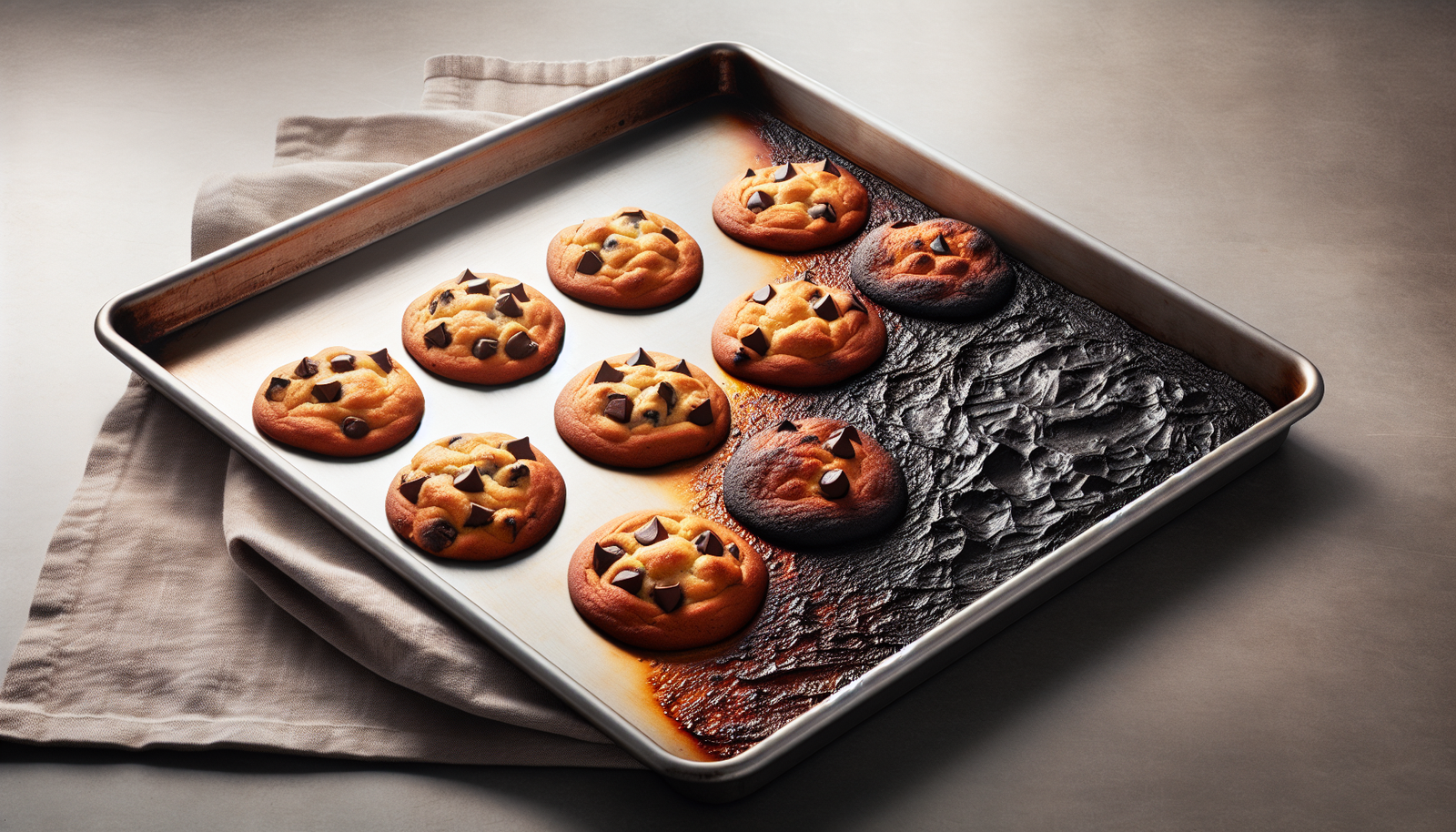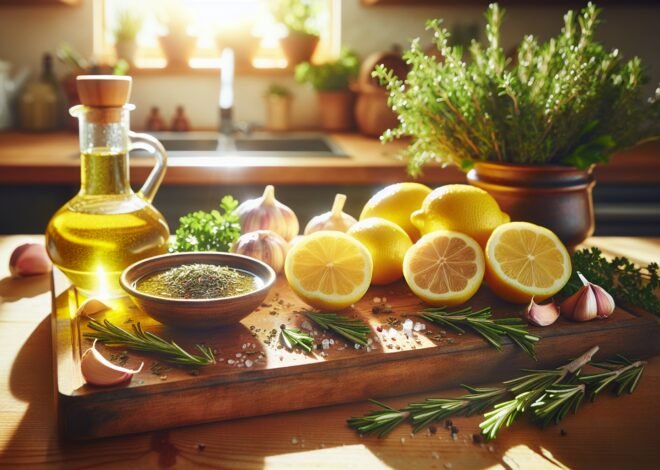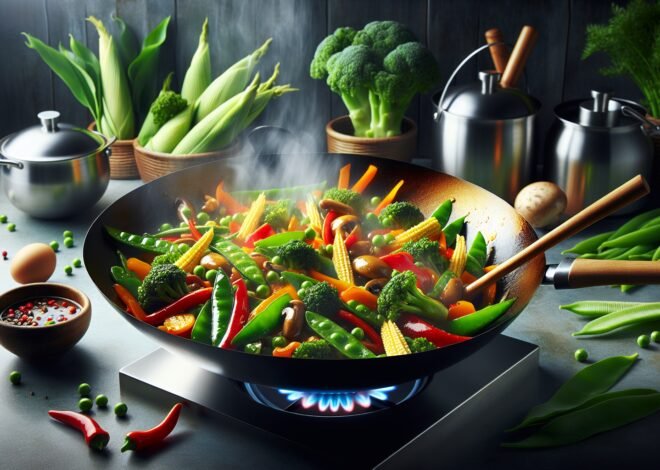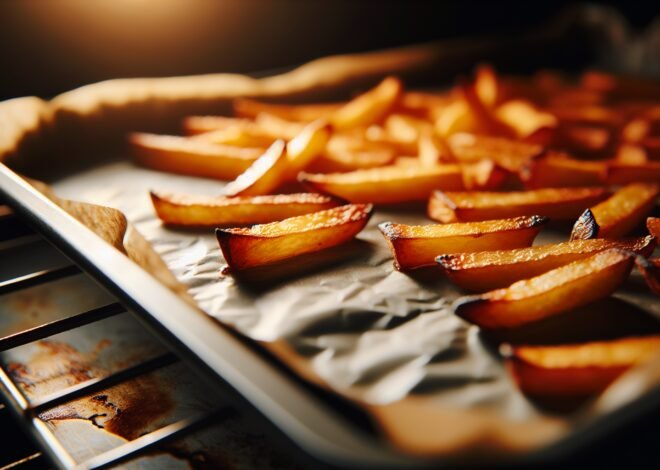
How to Avoid Burning Food: Setting the Correct Oven Temperature
Nobody likes the disappointment of burnt food. Luckily, understanding your oven settings and temperature control can help you avoid it. This post explores how to keep your food perfectly cooked, even in ovens that run hot, so every dish turns out as planned.
Causes of Burning Food in the Oven
The frustration of burnt food can spoil the joy of baking. Understanding why this happens is the first step to preventing it. Let’s explore the root causes that often lead to such culinary mishaps.
Incorrect Oven Temperature
Setting the oven temperature incorrectly is a common mistake. It can lead to your food cooking too quickly on the outside while remaining undercooked inside. Many ovens have slight inaccuracies that can throw off your intended temperature. These discrepancies can cause your dish to burn, especially if it’s a delicate recipe. Always calibrate your oven to ensure it’s providing the right heat. Regular checks with an oven thermometer can also be beneficial. Over time, ovens can lose accuracy, and regular maintenance can help avoid such issues.
Placement of Baking Trays
The position of your baking trays plays a crucial role in cooking evenness. Placing trays too close to the top or bottom can lead to uneven heat distribution. This often results in burning, especially for items that require gentle cooking. Middle rack placement is generally ideal for most dishes. However, some recipes might require specific rack positions. Be sure to follow recipe instructions carefully. Adjusting the position can dramatically improve baking outcomes. If your oven has hot spots, rotating trays midway through cooking can also help.
Using Improper Cookware
The choice of cookware significantly influences the cooking process. Cookware that’s too thin or too thick can affect the way heat is distributed. Thin cookware may heat too quickly, leading to burning, while thick cookware might prevent even cooking. It’s essential to use the right material for the recipe. Glass and ceramic dishes, for instance, hold heat differently than metal ones. Always consider the type of dish you’re preparing. Using appropriate bakeware can prevent over-browning and ensure a perfect finish.
Techniques to Avoid Burning
Burning food can be avoided with the right techniques. These methods are simple yet effective. By incorporating them, you can ensure your dishes turn out perfectly cooked every time.
Set Timers and Check Frequently
Timing is everything when it comes to baking. Setting a timer allows you to track cooking progress accurately. Frequent checks enable you to catch potential burning before it happens. This habit helps you make real-time adjustments. Staying attentive to your dish ensures it doesn’t overcook. It’s particularly useful for new recipes where cooking times may vary. Using multiple timers for different stages of cooking can be a strategic advantage.
Adjust Rack Positions
Rack positioning can greatly influence cooking results. Adjusting racks to suit the dish ensures even heat distribution. Different recipes require different rack positions. For instance, cookies may bake better on a middle rack, while a roast might benefit from a lower placement. It’s all about maximizing the oven’s heat circulation. Experimenting with rack positions can help you find the sweet spot for each recipe. This small adjustment can make a significant difference in avoiding burnt food.
Choose the Right Baking Dish
The type of baking dish affects how heat is absorbed and distributed. Choosing the right dish can prevent burning and ensure even cooking. Different materials conduct heat differently. Metal pans are great for browning, while glass and ceramic are better for slow, even cooking. Matching the dish to the recipe is crucial. Pay attention to recipe recommendations regarding bakeware. These suggestions are based on tested results. They guide you in selecting the best dish for success in your baking endeavors.
Common Temperature Adjustments
Fine-tuning oven temperature can be the key to achieving perfect results. Understanding when and how to adjust temperatures can make all the difference. Here are some adjustments to consider for better baking.
Lower Temperature for Sensitive Recipes
Some recipes need a gentler touch. Lowering the oven temperature can prevent delicate dishes from burning. Cakes and pastries, for example, often benefit from reduced heat. This adjustment helps maintain moisture and texture. It also allows flavors to develop gradually. If a recipe appears to be browning too quickly, consider reducing the temperature by 25°F. This small change can lead to better outcomes and more satisfying results.
Monitoring with a Thermometer
An oven thermometer is a baker’s best friend. It provides an accurate reading of the internal oven temperature. Relying solely on the oven’s built-in thermostat can lead to errors. Ovens can be slightly off, leading to unexpected results. Using an external thermometer ensures precision. Place it near the dish to get the most accurate reading. Regular monitoring allows for timely adjustments, making it easier to achieve perfection.
Switching Between Convection and Conventional Settings
Ovens often offer both convection and conventional settings. Understanding the difference can enhance your cooking. Convection ovens circulate air, providing even heat distribution. This setting is ideal for roasting and baking multiple items. Conventional settings, on the other hand, are better for dishes that require steady, consistent heat. Knowing when to switch between these settings can optimize cooking and prevent burning. Experiment with these options to find the best method for each dish.
Conclusion
Avoiding burnt food comes down to understanding your oven’s quirks and taking a few preventative steps. Proper temperature control, careful placement of your food, and selecting appropriate cookware can help avoid scorching or uneven cooking. Burning often happens when food is cooked at too high a temperature or placed too close to heating elements. Adjusting your cooking habits to suit your oven and monitoring your food with timers will make it easier to achieve ideal results. Avoiding burnt dishes requires mindful adjustments, but mastering them will improve the flavor, appearance, and overall enjoyment of your meals.
FAQ
Why does my oven burn food?
Several factors may lead to burnt food, such as incorrect temperature settings, faulty oven calibration, or placing dishes too close to heating elements. Ensuring your oven is calibrated and using an oven thermometer can help avoid this issue.
How can I avoid burning cookies?
Prevent cookies from burning by using a light-colored baking sheet and placing it on the middle rack. Monitor baking time closely and consider slightly reducing the recommended baking time based on your oven’s performance.
Should I lower my oven temperature to prevent burning?
Lowering the oven temperature can help but isn’t always necessary. Ensure your oven is properly preheated and use an oven thermometer to confirm accuracy. Adjust the temperature if your food consistently burns at the recommended setting.
What rack should I use to avoid burning?
Using the middle rack typically provides the most even heat distribution, minimizing the risk of burning. It allows hot air to circulate around the food evenly.
How does using foil affect cooking time?
Foil can reflect heat, potentially increasing cooking time. However, it can also help prevent direct heat contact, reducing burning risk. Adjust cooking time as needed when using foil.
Can I prevent burning by checking food frequently?
Checking food frequently can help prevent burning but refrain from opening the oven too often. This can cause temperature fluctuations, affecting cooking consistency. Use the oven light to monitor without opening the door.











